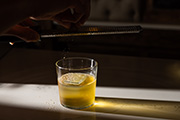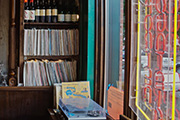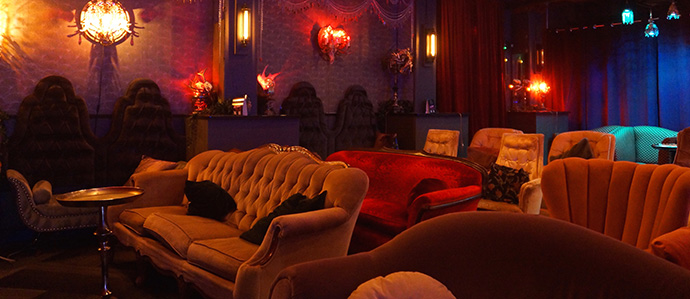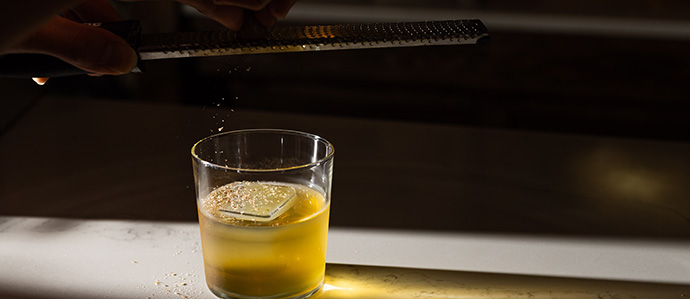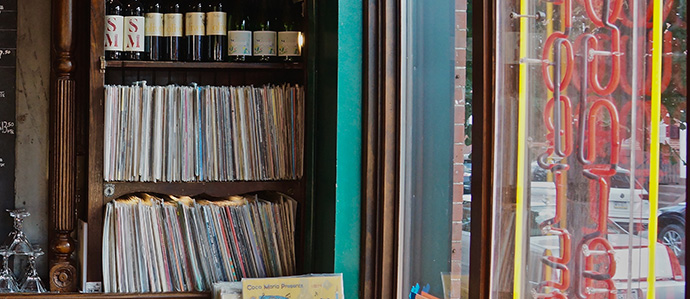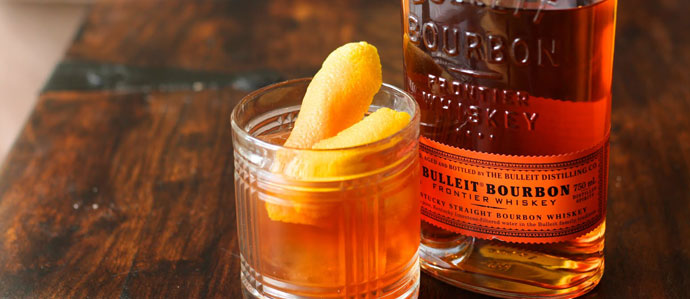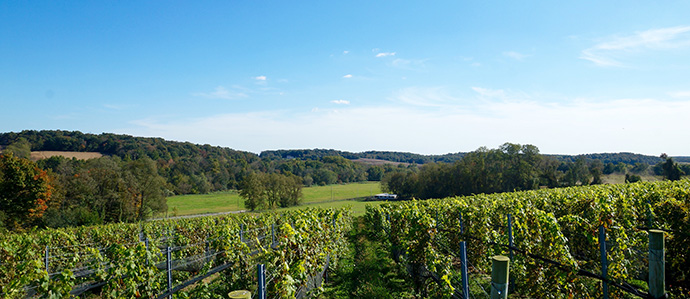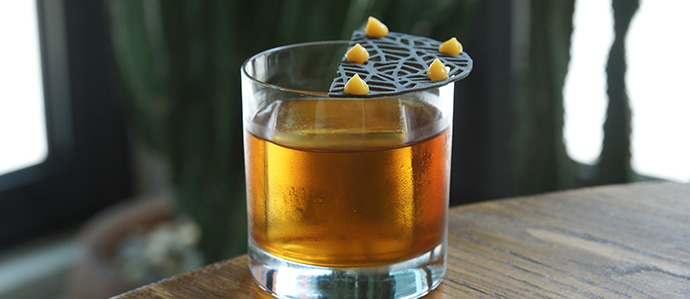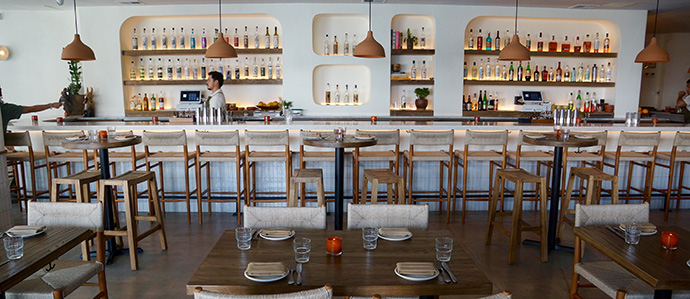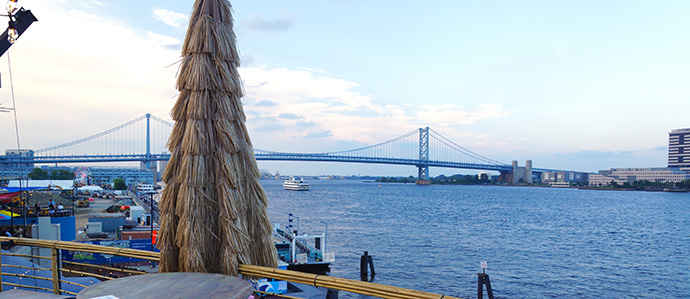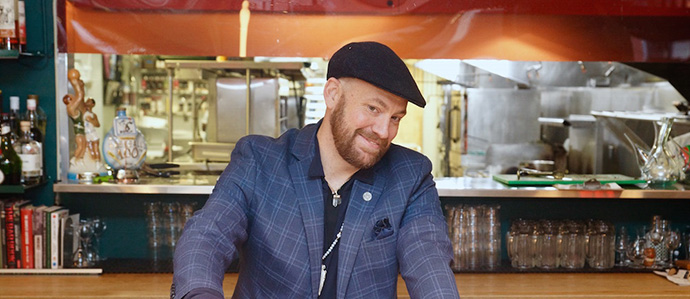Spirits Review: Dad's Hat Pennsylvania White Rye
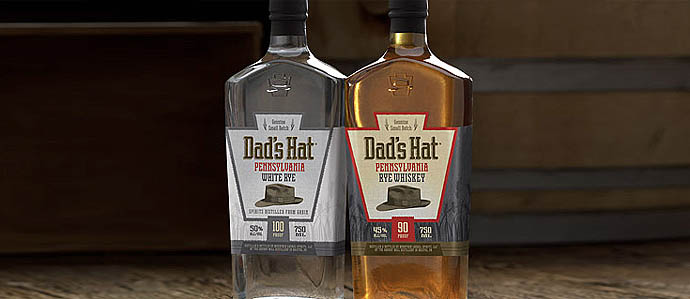
A century ago, rye whiskey was as inextricably linked to Pennsylvania as bourbon is still tied to Kentucky. The grain — noted for its distinctive spiciness — grew well on the small farmsteads throughout the state. And so an industry grew, from 18th-century farmers distilling surplus rye themselves, to the small distilling concerns that proliferated by the end of the 19th century.
With the recent release of Dad’s Hat White Rye, distiller Herman Mihalich is aiming to return Pennsylvania rye to prominence. Mihalich, a chemical engineer by training, grew up in the western part of the state, where the family business was running a tavern. Dealt a crushing blow from prohibition, the rye industry in Pennsylvania was in steady decline throughout the 20th century. But his grandfather and father remained rye adherents. Every evening, his grandfather would take a shot of Sam Thompson — a brand that vanished roughly 30 years ago — before dinner.
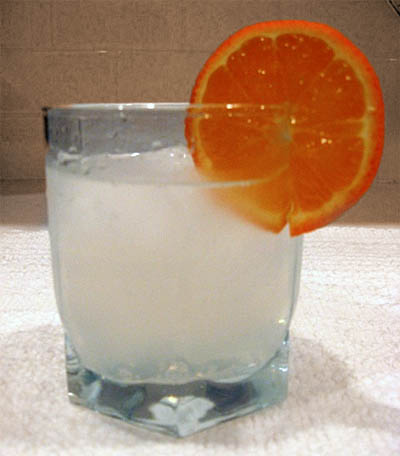 Mihalich was also a dedicated homebrewer. And six or seven years ago, when rye began “peeking over the horizon again,” as he puts it — gaining attention from curious spirits enthusiasts, on the lookout for the next big thing — he began to explore starting a distillery in Pennsylvania, using grain grown in the state too.
Mihalich was also a dedicated homebrewer. And six or seven years ago, when rye began “peeking over the horizon again,” as he puts it — gaining attention from curious spirits enthusiasts, on the lookout for the next big thing — he began to explore starting a distillery in Pennsylvania, using grain grown in the state too.
Originally, Mihalich’s plan was to only release a barrel-aged spirit from his distillery in Bristol, from a recipe developed through several years of consultations with the distilling program at Michigan State University. But with white whiskies also rising in popularity, he yielded to pressure to get his unaged white rye on the market while the whiskey develops in cask, and it landed on the online “shelves” of the Pennsylvania state store system last month.
Served neat, the white rye is undeniably fragrant, with floral notes, along with honey and spice on the nose. On the palate, it shows some clear edge (weighing in at 100 proof), but the alcohol doesn’t overwhelm the clear hints of citrus.
White spirits also shine for their versatility in cocktails. Since rye whiskey is the centerpiece of the Old Fashioned, I mixed up a white version, landing on a drink with more delicacy than the original, but one that still provided a spicy finish. The citrus notes of the rye pointed me in the direction of a cocktail incorporating Cointreau and Fever Tree ginger beer, which offered a refreshing blast of orange and spice, lifted with a little carbonation. Mihalich has been working with a professional mixologist to develop some specific recipes to point bartenders and drinks geeks in the right direction.
Still, I’m most looking forward to the release of the aged rye (expected sometime in May or June), and I suspect Mihalich is too. “We’re trying to make a classic rye, one that you could find in Pennsylvania a hundred years ago,” he explains. The kind of drink his grandfather would knock back right before the meal.







